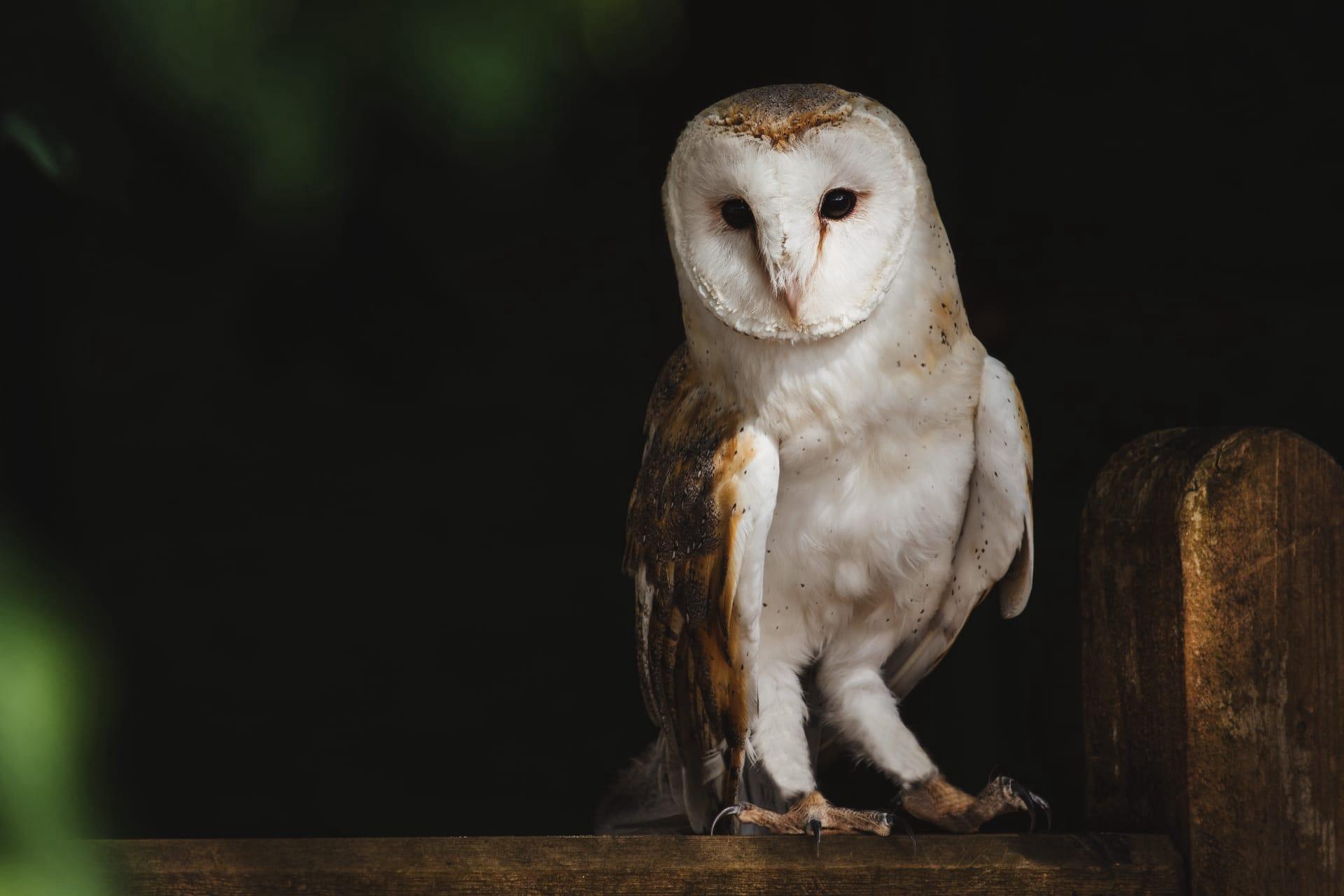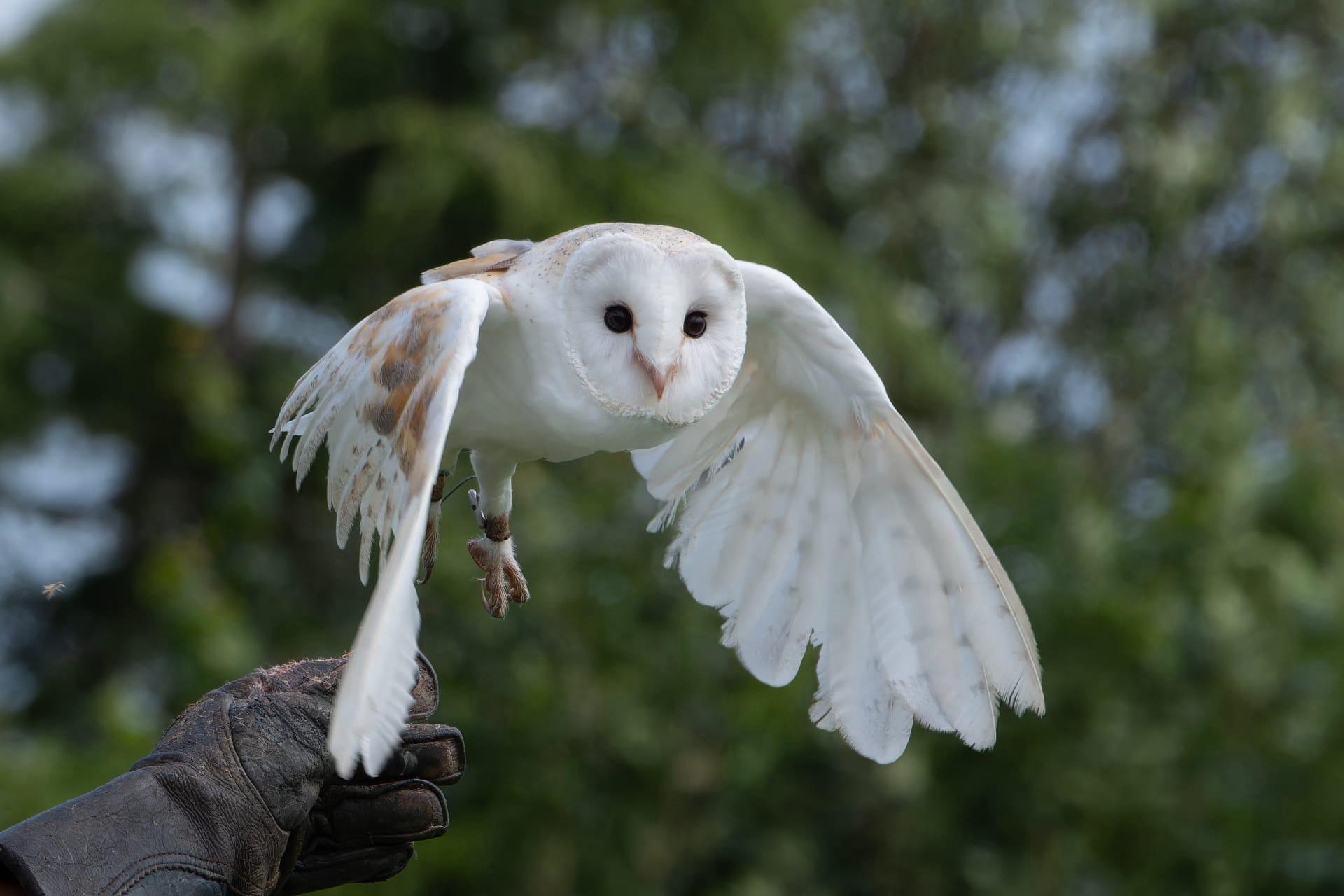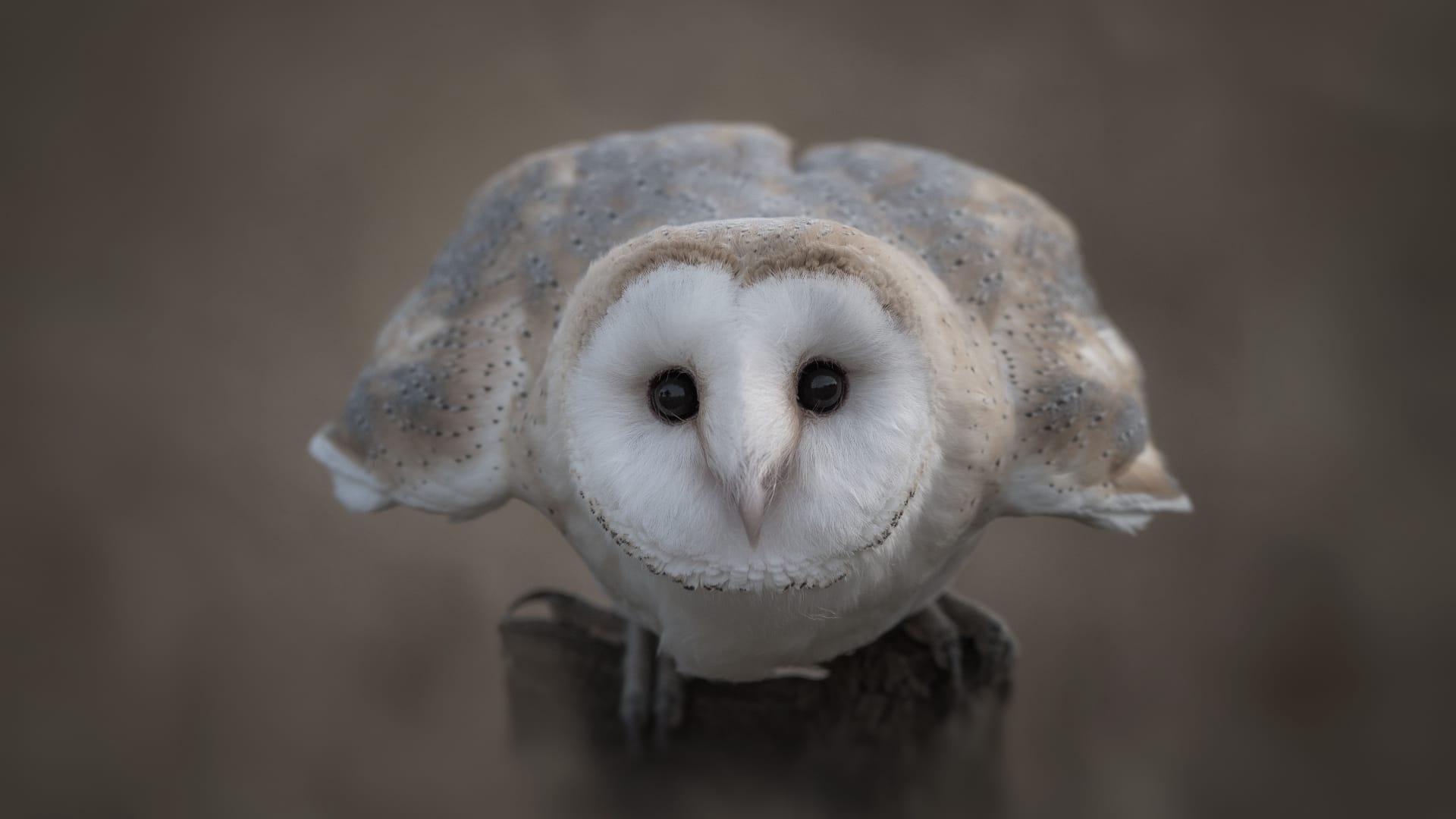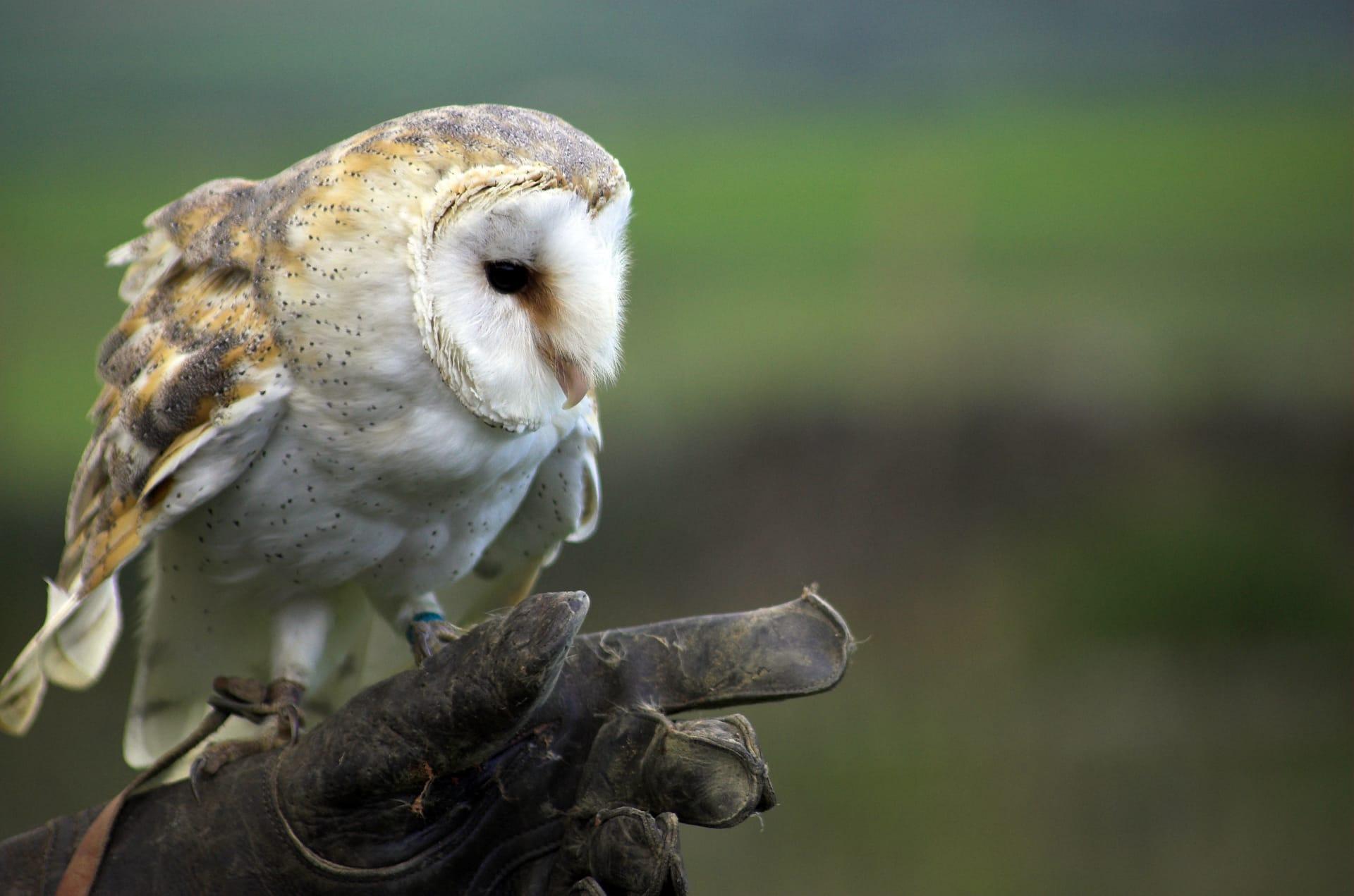Barn Owl Trivia
- Home /
- Trivia Question /
- Animal /
- Barn Owl Trivia
1
Question: How effective is a barn owl's hearing, and what makes it unique?
Answer: Barn owls have incredibly acute hearing, capable of detecting the faintest sounds, like a mouse rustling in grass, from a distance of up to 30 feet away. Their heart-shaped facial discs function like a radar dish, directing sound to their asymmetrically placed ears. This arrangement allows them to accurately pinpoint the location of sounds, even in complete darkness, making them master nocturnal hunters.
Question: What is the flying speed of a barn owl, and how does it aid in hunting?
Answer: Barn owls can fly at speeds of about 40 miles per hour, but they prefer to hunt at a slower, more stealthy pace of around 2-12 miles per hour. Their flight is exceptionally silent due to the fringed edges of their feathers, which reduce noise caused by air turbulence. This silent flight enables them to sneak up on their prey undetected.

2
Question: Do barn owls hoot like other owls?
Answer: Contrary to popular belief, barn owls don't hoot. Instead, they produce a distinctive, eerie screech. Their vocalizations are varied, but the most common sound is a long, harsh scream that can be unsettling to hear at night. This misconception about hooting often leads people to overlook the presence of barn owls in their vicinity.
Question: Is it true that barn owls mate for life?
Answer: It's a common myth that barn owls mate for life. In reality, while they are generally monogamous during a breeding season, their long-term mating behavior can vary. Some pairs stay together for several seasons, but if one mate dies or is unable to reproduce, the other will often find a new partner. This flexibility helps ensure the continuation of the species.

3
Question: How many eggs can a barn owl lay, and what's unique about their nesting habits?
Answer: A barn owl can lay anywhere from 2 to 18 eggs per clutch, with an average of about 5 to 6. They don't build traditional nests; instead, they lay their eggs on a bare surface in a hidden spot, such as a tree cavity, an old building, or a barn loft. What's fascinating is that they lay one egg every 2-3 days, and the eggs hatch in the order they were laid, leading to a size hierarchy among the chicks.
Question: How do barn owls help in pest control?
Answer: Barn owls are natural pest controllers, known for their appetite for rodents. A single barn owl family can consume about 3,000 rodents per year. They predominantly feed on mice, rats, and voles, making them incredibly valuable for farmers and those in agricultural areas. This ecological service helps in reducing the dependence on chemical rodenticides, which can be harmful to the environment.

4
Question: What is the lifespan of a barn owl in the wild versus in captivity?
Answer: In the wild, barn owls have a relatively short lifespan, typically living only 2 to 4 years, although some have been known to live up to 10 years. The primary factors affecting their survival are predation, food availability, and human impacts. In captivity, with a controlled environment and no natural predators, they can live significantly longer, often reaching 20 years or more.
Question: Are barn owls found all over the world, and do they migrate?
Answer: Barn owls are one of the most widespread owl species and are found on every continent except Antarctica. Despite their global presence, most barn owl populations are sedentary and do not migrate. They tend to stay within a home range area throughout their life unless food scarcity forces them to move.

5
Question: How do barn owls hunt in complete darkness?
Answer: Barn owls have exceptional night vision, but their primary hunting tool is their extraordinary hearing. They can hunt in complete darkness by using their acute sense of hearing to locate prey. Their ears are not symmetrical – one ear is higher than the other – allowing them to precisely triangulate the position of sounds in three-dimensional space.
Question: What role do barn owls play in local ecosystems?
Answer: Barn owls play a crucial role in maintaining the balance in local ecosystems. By controlling rodent populations, they help in preventing the overpopulation of these pests, which can lead to crop damage and spread diseases. Additionally, their presence can be an indicator of the health of the local environment, as they are sensitive to changes in habitat quality and food availability.